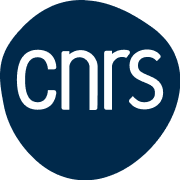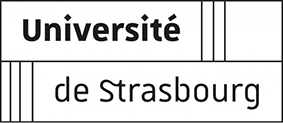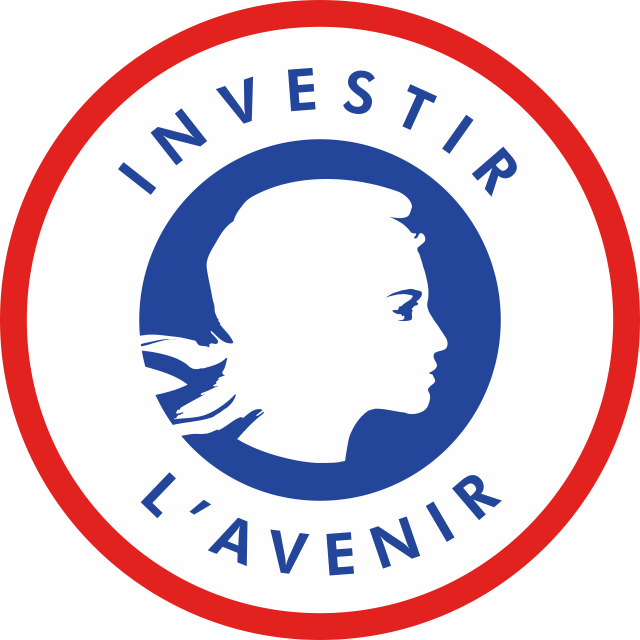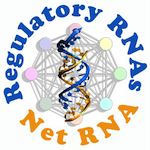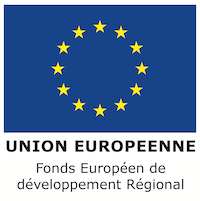Manfred Heinlein and Eduardo Peña at the University of La Plata (Argentina) developed a novel method to observe the dynamic movements and localizations of messenger RNA molecules in plant cells. As is described in The Plant Journal, this method employs BglG, a bacterial antiterminator protein that binds to a specific stem-loop structure motif in target RNA. The BglG system may be widely applicable for studying mRNA transport and localization in plants.
RNA transport and localization represent important post-transcriptional mechanisms to determine the subcellular localization of protein synthesis. By dictating the specific localization at which encoded proteins are translated and operate, RNA localization processes play central roles in the determination of cell polarity, embryonic patterning, asymmetric cell-fate decisions, neuronal morphogenesis, cell migration, or epithelial polarity.
It is accepted that localized RNAs are transported as ribonucleoprotein complexes (RNPs) or “RNA granules”. These granules are transported by molecular motors along the cytoskeleton to their final destination, where the mRNAs are anchored and eventually translated. The analysis of RNA transport mechanisms in plants still depends on efficient methods to image the transported RNA molecules in vivo.
As part of a collaboration with the University of La Plata (Argentina), scientists have developed a novel method to observe the dynamic movements and localizations of messenger RNA molecules in plant cells. As is described in The Plant Journal, this method employs BglG, a bacterial antiterminator protein that binds to a specific stem-loop structure motif in target RNA. Thus, RNA molecules tagged with this stem-loop motif can be visualized in the presence of BglG fused with a fluorescent marker.
To develop this method, the team used an mRNA encoding the Tobacco mosaic virus (TMV) movement protein (MP) as a model. The MP is an RNA binding protein that is required for the cell-to-cell spread of the virus. To perform this function, the protein forms a complex with the viral RNA genome and uses cellular transport mechanisms to target the viral RNA to small pores in the plant cell wall called plasmodesmata by which the viral RNA enters new cells. The team showed previously that the MP also forms complexes with its own mRNA. In the present study, the team used a method called agroinfiltration to express the MP fused to green fluorescent protein (MP:GFP) in cells of Nicotiana benthamiana leaves. By confocal fluorescence microscopy the protein is seen in the form of small fluorescent particles in the cortical region of epidermal cells and these particles are either stationary or mobile.
To determine if these particles represent RNA particles that contain the mRNA encoding MP:GFP, the mRNA was fused with RNA elements that form specific stem-loop structures that bind the BglG protein. When the MP:GFP construct with stem-loops (MP:GFP-SL) was expressed together with BglG protein fused to red fluorescent protein (BglG:RFP) the MP.GFP particles showed the presence of BglG:RFP, thus identifying the particles as RNA granules. No BglG:RFP occurred in the MP:GFP particles when MP:GFP was expressed from a construct without the BglG-binding stemloops.
Going further, the team showed that the mRNA also occurred together with MP:GFP in plasmodesmata and that BglG:RFP was even carried into adjacent cells, thus linking the observation of mRNA granules with intercellular mRNA transport. Biochemical experiments finally showed that MP:GP can precipitate BglG:RFP in the presence, but not in the absence, of the BglG-binding stemloops in the RNA, thus demonstrating the presence of a MP:RNA:BglG complex.
Finally, the authors compared the BglG system with other mRNA labeling systems. Unlike the RNA binding proteins used in other mRNA labeling systems (known as “MS2” and “λN“), the BglG protein does not tend to form aggregates in plant cells, which is very important for the specific detection of RNA granules. The BglG system may be widely applicable for studying mRNA transport and localization in plants.
